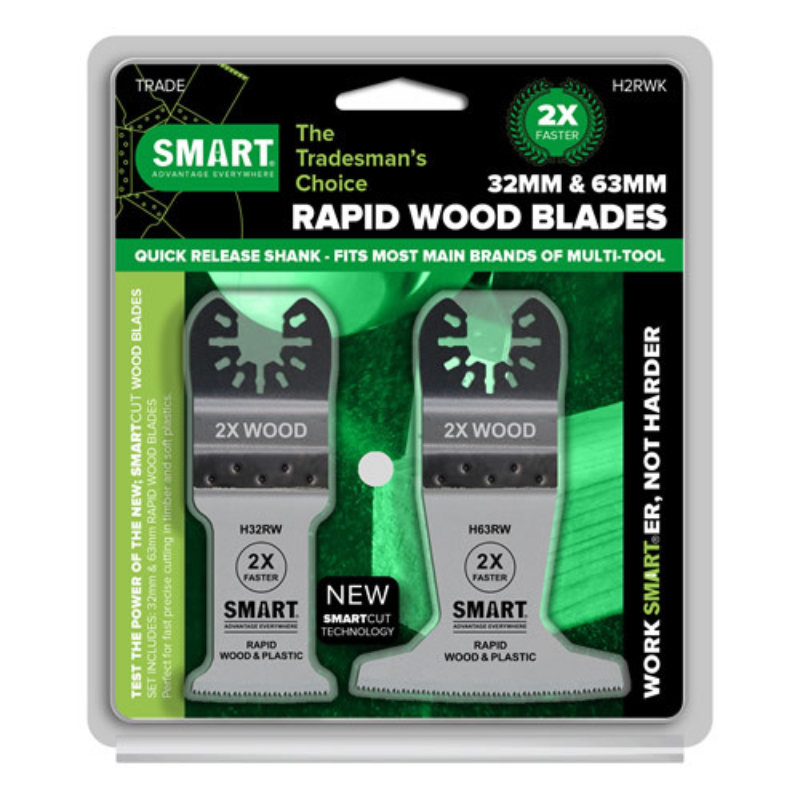

- #HOW TO CLOSE SMART TOOL KNIFE HOW TO#
- #HOW TO CLOSE SMART TOOL KNIFE FULL#
- #HOW TO CLOSE SMART TOOL KNIFE PROFESSIONAL#

Nevertheless, the ideas and concepts discussed in the paper should have relevance throughout the primary and secondary processing stages of the meat value chain, regardless of species. It is noted that the authors are primarily engaged in automation research and development associated with abattoirs and therefore this paper often refers to primary processing for example, removal of primals such as limbs from a carcass. The applicability of approaches used in other areas is analysed, with assessment made considering the limitations imposed by the meat industry traditions and regulations. This paper critically reviews various sensing principles that can be used to enable real-time “feeling” feedback in automated meat cutting applications. Based on this “feedback effect” a person knows what to do – to proceed the same way, to change the force, to alter the manner of cutting or to stop.

#HOW TO CLOSE SMART TOOL KNIFE PROFESSIONAL#
When using a knife, a professional butcher always “feels” what is being cut: a layer of skin, muscle, fatty tissue or a bone – all will have different effect on the same knife.
#HOW TO CLOSE SMART TOOL KNIFE FULL#
The full terms of this licence maybe seen at Ī butcher uses a combination of both the eye-vision and hand-feeling to analyse the material being cut, to differentiate between the layers in the complex medium (e.g. Anyone may reproduce, distribute, translate and create derivative works of this article (for both commercial and non-commercial purposes), subject to full attribution to the original publication and authors. This article is published under the Creative Commons Attribution (CC BY 4.0) licence. Eduardo Cordova-Lopez, Steven Ross and Olga Korostynska. In testing done by United States Ergonomics (an independent third-party testing agent), Ergo Pull™ technology resulted in less forearm effort, upper arm effort, and hand muscle strain than the standard push-blade lever utility knife.Copyright © 2021, Alex Mason, Dmytro Romanov, L. This may seem like a small adjustment, but the results are impressive, especially when considering cutting tasks repeated over long shifts where there is a potential for cumulative strain injuries. These opposing forces cause a certain amount of strain that can be avoided with a design like Ergo Pull™, where the user pulls both the slider and the knife in the same direction. Most slider buttons require the user to push with the thumb while pulling the knife in the direction of the cut. How Does the Ergo Pull™ System Reduce Strain? This new level of utility knife safety raises the bar, promising to redefine the question of, “what is a utility knife?” This safeguards against accidental slips while the blade is engaged. Where most auto-retracting knives pull the blade into the housing once the user lets go of the button, Smart Retract engages as soon as the blade loses contact with the cutting material. Slice’s Smart Retract feature adds another layer of safety to an auto-retracting utility knife. So a Slice knife has a smarter handle and a safer blade. Our proprietary grind cuts materials effectively but resists cutting skin. Slice uses 100 percent zirconium oxide, an extremely hard material that holds its edge, so we don’t need to over-sharpen our blades in order to make them effective. Why are typical blades so dangerous? Steel is a relatively soft material, so to extend a steel blade’s working life, manufacturers sharpen it to an unsafe level. Their best option, the auto-retracting utility knife, still doesn’t address the part of the knife that actually cuts you: the blade. Most companies consider only the handle when they try to make a safer knife. Why Choose a Slice Ceramic Utility Knife?Ī Slice knife is a safety utility knife by design.
#HOW TO CLOSE SMART TOOL KNIFE HOW TO#
Make sure that you learn how to use a utility knife safely by following common sense precautions: cut at an angle away from the body, reduce distractions, and cut in one smooth motion where possible. Rounded-tip blades, like Slice’s 10526 blade, offer added protection against accidental injuries.Īlthough Slice knives are much safer than typical steel blades, any knife is potentially dangerous. Any material that requires a piercing action to initiate the cut is best suited to a pointed-tip blade, such as the Slice 10528 blade. Keep in mind, there are different utility knife blade types suited to different kinds of cuts. The materials a utility knife can cut will depend on its exposed blade length and general durability. Utility knife uses include cutting and piercing a variety of materials, such as carpet, clamshell packaging, triple-walled corrugated and vinyl.


 0 kommentar(er)
0 kommentar(er)
